WHALE WATCHING & MISSION (Day 7 - part 2)
We headed farther out into the sea...


Tom turned off the engine and we floated a bit, scanning the horizon for any black dot that might potentially be a whale.
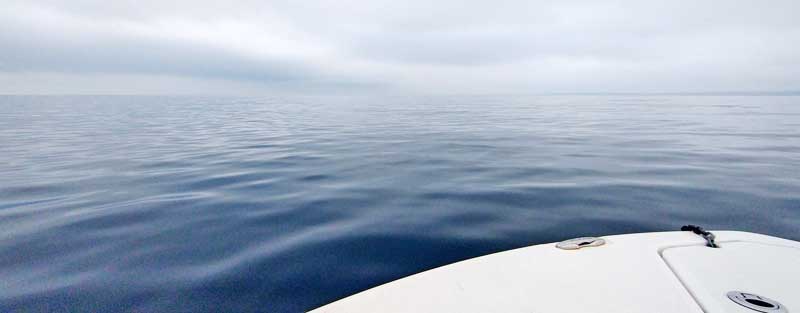
The water was incredibly calm.
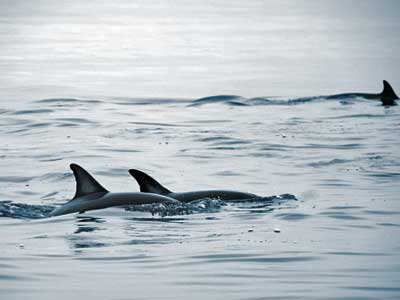

Another pod of dolphins appeared .... although this one is clearly pretending to be a shark.


More playful antics


Tom was in communication with another tourist whale-seeking boat which informed us of their recent siting. We made our way over.




A Fin Whale


Unfortunately our time was up and we had to head back to shore.

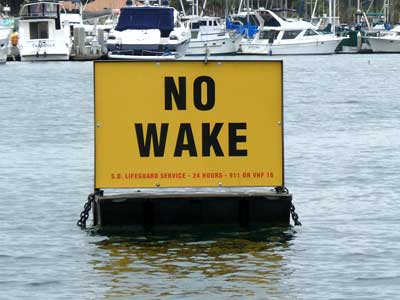
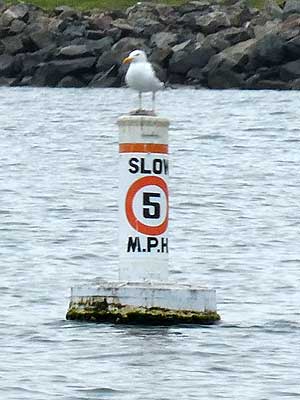
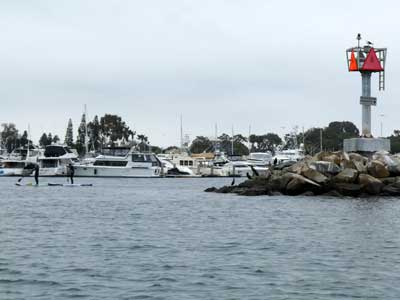

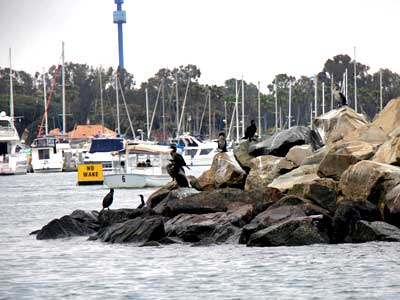

Cormorants ...


... with a few Brown Pelicans sprinkled in


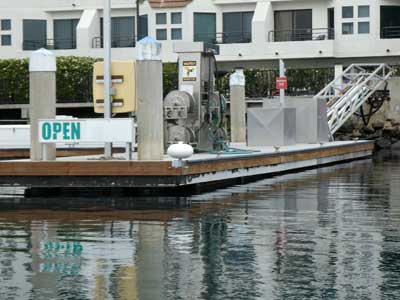

Boat gas stations
There were SO many options of what to do next, but we opted for Mission Basilica San Diego de Alcala... California's FIRST mission.

Mission Basilica San Diego de Alcala was a Franciscan mission founded in July 1769.
Ever since the voyages of Christopher Columbus, the Kingdom of Spain sought to colonize these new lands. In 1542, Juan Rodríguez Cabrillo explored the coast of Southern California and was the first European to sail into San Diego Bay. In 1602, Sebastian Vizcaino landed near the present mission site. But it would be another 167 years before the Spanish returned to this area. Pressure to occupy California began to be felt in 1741, as Russia fur traders up north began encroaching on the area.
In 1769, the King of Spain sent Father Junipero Serra (aged 55) and Gaspar de Portola (Governor of New Spain) to found missions at San Diego and Monterey, near the harbors discovered by Cabrillo and Vizcaino. Alta California was now officially claimed, settled and secured. After founding Mission San Diego de Alcala, Serra continued north, founding a total of 9 missions by the time he died at the age of 71. He'd walked 4,000 miles... on a lame leg.


The Casa de los Padres (the padres' living quarters) would have been the earliest adobe buildings at the mission in 1774. In the 1850s, the US miliary used this room as living quarters for the senior military officer and his family.
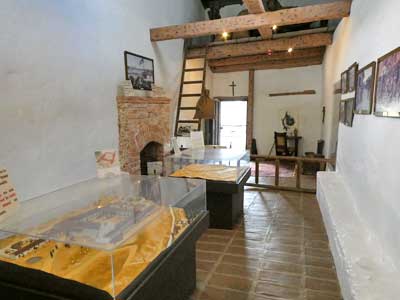

Exhibits


Departing for the missions. ... Serra raises a cross to dedicate Mission San Diego de Alcala.
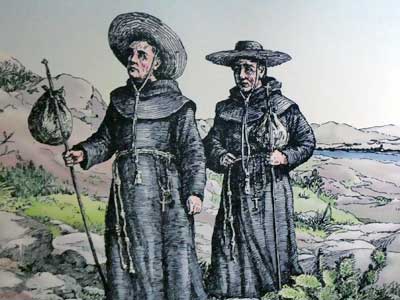

Travelling Franciscans ... The mission layout

A mission diorama
1774 - The mission was founded in 1769 but relocated to its present site order to be closer to the local villages, good farming land, and a reliable source of water. The original church was built of poles and roofed with reeds.
1775 - During a raid, 800 Native Americans looted the church, killed a blacksmith, a carpenter and Father Jayme (who is buried next to the altar in the church), and ended up burning down the mission.
1776 - The church and mission buildings were rebuilt, arranged in a quadrangle around a courtyard with an outer defense wall. The new church had adobe walls and a thatched roof.
1797 - Baptisms increased, bringing the number of converts to 1,405. The land area grew and was filled with vineyards, orchard, and vegetable gardens. The mission owned 20,000 sheep, 10,000 cattle and 1,250 horses.
1780 - A larger adobe church was built with a sacristy but was damaged by an earthquake in 1803.
1813 - The church was enlarged and buttress wings were added to give earthquake stability to the facade.
1821 - Mexico gained its independence from Spain.
1848 - The Treaty of Guadalupe Hidalgo was signed and the United States Cavalry used the mission as a military presence from 1850-1857.
1862 - Mission lands were restored to the Roman Catholic Church by order of President Abraham Lincoln.
1880s - There was some restoration of the old buildings.
1930 - The current church was built, copying the 1813 one.


(left) 1930, the campanario (bell tower) under construction. No photo of the original exists. The design was done through the study of early drawings and paintings. The reconstruction was done with similar materials such as burnt brick and adobe plaster.


This room was furnished to illustrate the simply lifestyle of the padres. Ideally two priests were assigned per mission: one in charge of adminstraion and the other responsible for the educaton of the local people. In reality, however, this mission only had one priest for many years.


Miguel Jose Serra was born in 1713 in Majorca, an island off the coast of Spain. When he was 16, he joined the Franciscan Order and chose the name Junipero (who had been a companion of St. Francis). He became a missionary in Mexico City in 1750.


(left) The martyrdom of Father Luis Jayme in 1775
Melchor Jayme (Father Luis Jayme... each person gets to chose a different religious name upon being received into the Order) was born in Majorca in 1740. When he was 15, he enrolled in the same school where Father Serra had studied. He arrived in New Spain in 1770 to begin his 10-year commitment to the California missions. He assumed a post as pastor here.
During the uprising, instead of running or hiding, Jayme went out to greet them and with his arms outstretched he said, Love God, my children. He was subsequently dragged down to the river and murdered. The large white cross out front of the mission is located near the spot where he was martyred. His remains are buried in the sanctuary of the church.
return • continue

